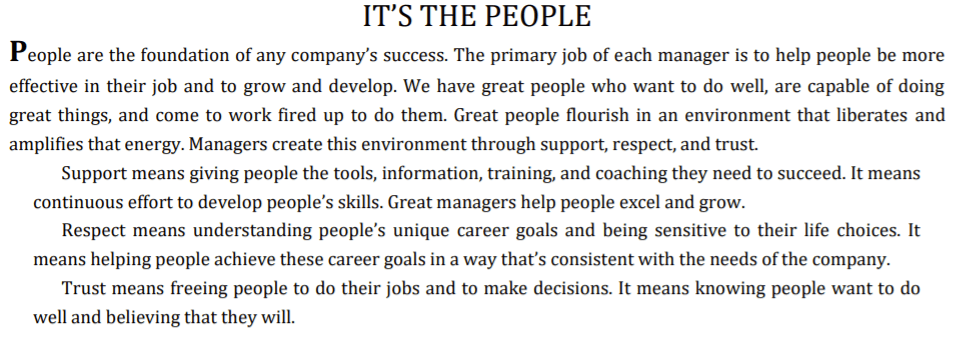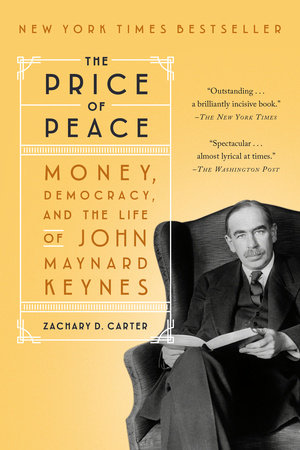At the start of his thirties, Robert Moses was a failed reformist, married with kids, and financially dependent on his parents. But his trajectory turned upwards when he shed his uncompromising idealism for “practical politics”.
In my last reading response, I latched on to the quote: “Robert Moses is Bella Moses’s son.” Here, we see how Belle Moskowitz becomes the next woman **to show Moses “how to get things done.” (pg 98) In fact, just as his grandmother and mother dominated in their husband-wife relationships, “’There was never any questions,’ recalls another staffer, ‘that she was the boss’” when it came to Mrs. M and Robert Moses. (pg 98) Her commandments led to Moses’s transformation.
Before Belle Moskowitz, as one staffer recalls, “’Moses was very theoretical, always wanting to do exactly what was right, trying to make things perfect, unwilling to compromise.’” (pg 98) Caro, in much the same language, also wrote previously that Moses “argued against compromise. If the principle behind his system was right, he said, there should be no compromising with it” (pg 80) and “Convinced he was right, he had refused to soil the white suit of idealism with compromise. He had really believed that if his system was right – scientific, logical, fair – and if it got a hearing, the system would be adopted.” (pg 85) Meanwhile, Mrs. M was more practical: “She wanted to concentrate on what was possible and not jeopardize the attaining of those things stirring up trouble in other areas.” (pg 98) Through her teachings, Moses picked up on the effectiveness and then fully embraced the ways of this “practical politics”. He gained a sense of how to weigh governmental gains against the political losses of potential changes; how to compromise on unrealistic ideals to achieve something concrete versus nothing at all. From his previous failures, Moses had learned that “Power was what dreams needed, not power in the hands of the dreamer himself necessarily but power put behind the dreamer’s dreams by the man who had it to put there.” Here, he comes to see how practical politics leads to that “executive support” his dreams would need to be realized. (pg 86)
Later, Alfred E. Smith teaches him similar lessons. Smith was also a practical politician: “even when Smith took up the banner of the reformers, he never put down the mace of the practical politician.” (pg 126) “He had no patience for reformers who, unlike Belle Moskowitz, didn’t understand the importance of practical politics in getting things done, who refused to compromise, who insisted on having the bill as it was written, who raged loudly at injustice, who fought single-mindedly for an unattainable ideal.” By the time Al Smith won back the Governorship, under the tutelage of Belle Moskowitz and influence of Smith, Moses was a transformed man. “Bob Moses had changed from an uncompromising idealist to a man willing to deal with practical considerations … he had been learning the politicians’ way; no he almost seemed to have joined their ranks.”
This was his way to power, and he “grabbed for power with both hands” (pg 172) such that “at the age of thirty-five, Robert Moses had power.” (pg 177) But these lessons from Belle Moskowitz and Al Smith were just the first stepping stone towards an even more dramatic change in Moses’s understanding, use and eventual abuse of power throughout his career.


